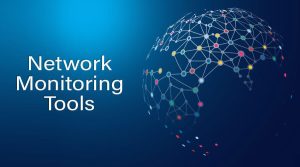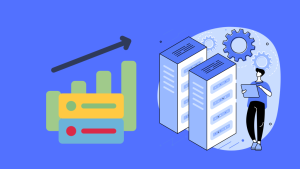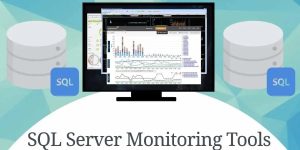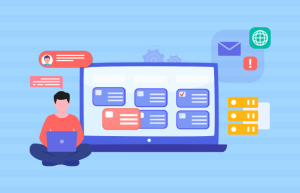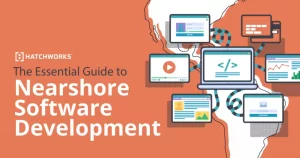DLP prevention, DLP Solution For Small Business
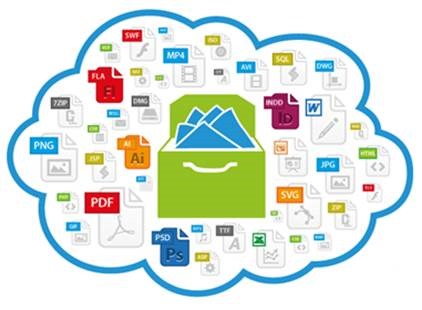
What is DLP and why should we use it?
DLP (Data Loss/Leak Prevention) is a type of data protection that is relatively new in the field of network security and is increasingly used. With DLP software, you can prevent unwanted data from your system or monitor the usage status of the files you specify. Although DLP installation requires an expert, the most important inputs for installation come from people who know and know the company. An IT specialist alone cannot install DLP in a healthy and effective way. So there are some things you need to do before system integration.
The most important thing to decide before integrating DLP software into your system is what your valuable data is.
At this point, it will be useful to divide the data into various groups, for example;
- Daily data that has no value to your company.
- Financial data.
- Data that could put your company in a difficult position and should not be spread.
- Data of vital value that could lead to the destruction of your company.
After installing the DLP software on your system, you should create symptom templates on the data and adjust the responses of DLP when it encounters this data. For example, you can completely bypass the data in the first group, and you may not even keep any records about this data. This will make room for a significant reduction in system resources required by the DLP agent. You can make the data in the second group accessible only to users in the accounting department, and restrict access and change requests by other users. For the data in the third group, you can ensure the security of this data by defining the permissions such as writing, copying and printing only to the people in the board of directors. The data in the fourth and last group can be completely closed for writing, copying, printing, moving, and you can prevent any user from leaking out even if they take over the CEO’s computer. The important thing here is to determine which data is priority for you, to specify them when making DLP settings, and to prepare special security templates for these data.
DLP software is slightly different software than Firewall or Antivirus software. After making the standard definitions in Antivirus or Firewall software, it is normal to check the software periodically and intervene when problems occur, thanks to automatic updates. However, DLP is a living system and as your data is updated, you must check and manually update the templates as new data is added to your system. You should detect with regular reports that there are no situations that conflict with the rules you specify, that users are trying to access without permission, and you should intervene when necessary.
Unlike other security software, DLP is primarily designed to prevent internal damage. It is a known situation that hackers who attack large companies in an organized way primarily do social engineering and try to get information from inside the company. In this case, how logical is it to unconditionally trust all employees in multinational companies with hundreds or even thousands of employees? A malicious employee can leak data for an attack or easily copy your information without you knowing. DLP comes into play at this point, protecting your data against attacks from “unexpected places”.
Mitigate Security Risks with a Multi-platform DLP Solution
Most businesses today use different device types and operating systems. Multi-platform Data Loss Prevention (DLP) solutions help reduce security vulnerabilities in heterogeneous IT environments.
In the last decade, organizations have shifted from a predominantly Microsoft Windows environment to using macOS and a variety of platforms such as Linux, iOS and Android. The shift from the largely homogeneous environment is due to a variety of reasons, including Bring Your Own Device (BYOD) policies, cloud-based infrastructure, and employee mobility needs. In today’s world, users expect to be able to access sensitive corporate information at any time from any device with any connection. These trends have also led to increased risks in terms of security.
Today, working in various places and platforms, some on-premises and some in the cloud, has become important for organizations both in terms of need and business continuity. A cross-platform environment presents challenges for IT administrators, as each operating system and device type has its own unique characteristics and is an important criterion that can lead to data security issues. As the amount of data businesses carry, so does the risk of data loss in the cloud, portable storage devices, and other data exit points.
The disclosure of confidential data can result from both human error and malicious intent. In addition, it can cause irreparable harm to companies, including fines and reputational damage. That’s why it’s so important for businesses to choose IT security partners that focus on delivering hybrid platform solutions. Solutions that secure and manage heterogeneous systems will now be the norm, not the exception.
Using a multiplatform DLP solution such as Endpoint Protector, data that is processed, transmitted, located on servers and other digital data stores can be protected, along with the same data protection policies on all computers. Using monitoring, filtering, blocking and other editing features, these solutions protect confidential information such as personal information or intellectual property. The risks posed by internal threats that could leak, steal, damage or otherwise compromise data are significantly reduced. In addition, it contributes greatly to compliance with various rules and regulations such as KVKK, GDPR, HIPAA or PCI DSS.
Although mobile devices and cloud storage are becoming popular, computers are still the largest storage for sensitive corporate data. Device Control is a very important feature of DLP solutions as it allows full control of USB ports and attached storage devices regardless of the operating system in which it is used. USB flash drives, external HDDs, printers, modems, etc. Being able to open or block access to devices is an important security requirement for data output control.
With the Content Aware Protection module, organizations can prevent accidental or intentional release of files containing sensitive data such as contract details, personally identifiable information, IBAN numbers, bank account numbers and credit card numbers, financial data.
As today’s workforce becomes more and more dynamic, data on the go is particularly vulnerable, protecting confidential information copied to portable storage devices becomes important. With Enforced Encryption, sensitive data can be encrypted on the go and accessed from any Windows, Linux or MacOS computer.
For businesses that collect and process information such as Personally Identifiable Information, Credit Card Numbers and other confidential data, it is very important that this information is kept securely and that information is not obtained if computers are lost or stolen due to careless or malicious persons. The eDiscovery module enables scanning of identified sensitive data stored on Windows, Mac and Linux computers, and administrators can perform actions such as encrypting or deleting static data.
Having heterogeneous IT environments and platforms presents security challenges that increase the complexity and cost of infrastructure management within the enterprise. However, by choosing the right security solutions, vulnerabilities can be significantly reduced. Multi-platform DLPs help prevent threats to data on Windows, Linux, and Mac computers, including the risks of unintentional or accidental data loss.
